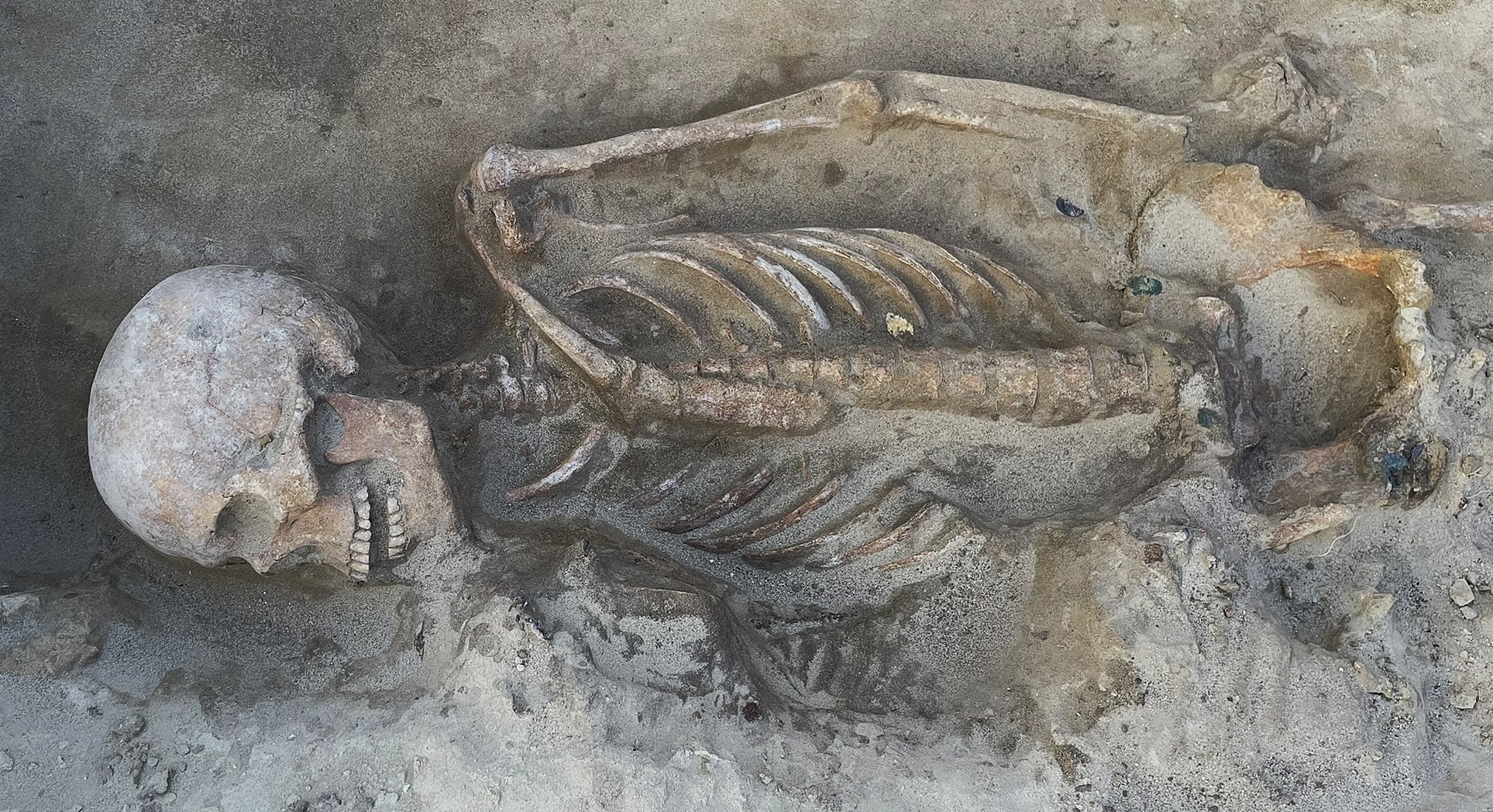About 10% of Pregnant Women with Zika Had Babies with Birth Defects

About 5 to 10 percent of pregnant women in the U.S. who contracted the Zika virus in 2016 — typically after traveling abroad — had babies with birth defects related to the virus, according to a new report. The report, from the Centers for Disease Control and Prevention, is the largest study to look at outcomes among pregnant women with Zika infections.
The report also found that the risk of birth defects was slightly higher for women who contracted a Zika infection during their first trimester. Among these women, 15 percent had babies with birth defects tied to the virus, the report said.
What's more, the percentage of infants with certain birth defects born to women who had contracted Zika was 30 times higher than the overall percentage of infants who had similar birth defects seen in the years before Zika, the researchers said.
"Zika continues to be a threat to pregnant women in the United States," Dr. Anne Schuchat, acting director of the CDC, said at a news conference today (April 4). "We do know this devastating outbreak is far from over, and the consequences of this outbreak are heartbreaking. With warm weather and a new mosquito season approaching, prevention is crucial to protect the health of mothers and babies." [10 Deadly Diseases That Hopped Across Species]
For the report, the researchers analyzed information from about 1,300 U.S. pregnant women in 44 states who had a possible Zika virus infection in 2016. These women had tested positive for either the Zika virus or an "unspecified flavivirus," which could include Zika or another virus in that family, such as the dengue virus.
Of these women, 972 (about 75 percent) had completed their pregnancies by the time of the analysis. Most had a live birth, but about 8 percent had a pregnancy loss.
Overall, 51 of the 972 women, or about 5 percent, had a baby with birth defects related to the virus. Among the 250 women with a confirmed Zika virus infection, about 10 percent had a baby with Zika-related birth defects, the report said.
Get the world’s most fascinating discoveries delivered straight to your inbox.
These birth defects included brain abnormalities or microcephaly (a condition in which the baby's head is abnormally small), eye abnormalities or other conditions that result from problems with the central nervous system.
However, the report "might significantly underestimate the impact of Zika," said Margaret Honein, a co-author of the report and chief of the CDC's Birth Defects Branch.
One reason for the possible underestimation is that although the CDC recommends that all infants born to mothers who may have been infected with Zika undergo brain imaging, just 25 percent of the babies in the study underwent such brain imaging. Imaging such as a CT scan or an MRI can detect brain abnormalities that can otherwise go unnoticed, the researchers said.
In addition, the researchers did not follow up with the babies after birth, and some Zika-related anomalies may show up months later, Schuchat said.
"These findings underscore the serious risk for birth defects posed by Zika virus infection during pregnancy and highlight why pregnant women should avoid Zika virus exposure," the report said.
The CDC recommends that pregnant women avoid traveling to areas where the local mosquitoes may carry Zika. Men and women who do travel to areas with Zika, or who live in those areas, can also lower their risk of infection by using mosquito repellent to prevent mosquito bites (the primary way Zika is transmitted) and by using condoms during sex (because the virus can also be transmitted sexually). Doctors should also screen all pregnant women for exposure to the Zika virus.
The report is published today (April 4) in the CDC journal Morbidity and Mortality Weekly Report.
Original article on Live Science.

Rachael is a Live Science contributor, and was a former channel editor and senior writer for Live Science between 2010 and 2022. She has a master's degree in journalism from New York University's Science, Health and Environmental Reporting Program. She also holds a B.S. in molecular biology and an M.S. in biology from the University of California, San Diego. Her work has appeared in Scienceline, The Washington Post and Scientific American.



